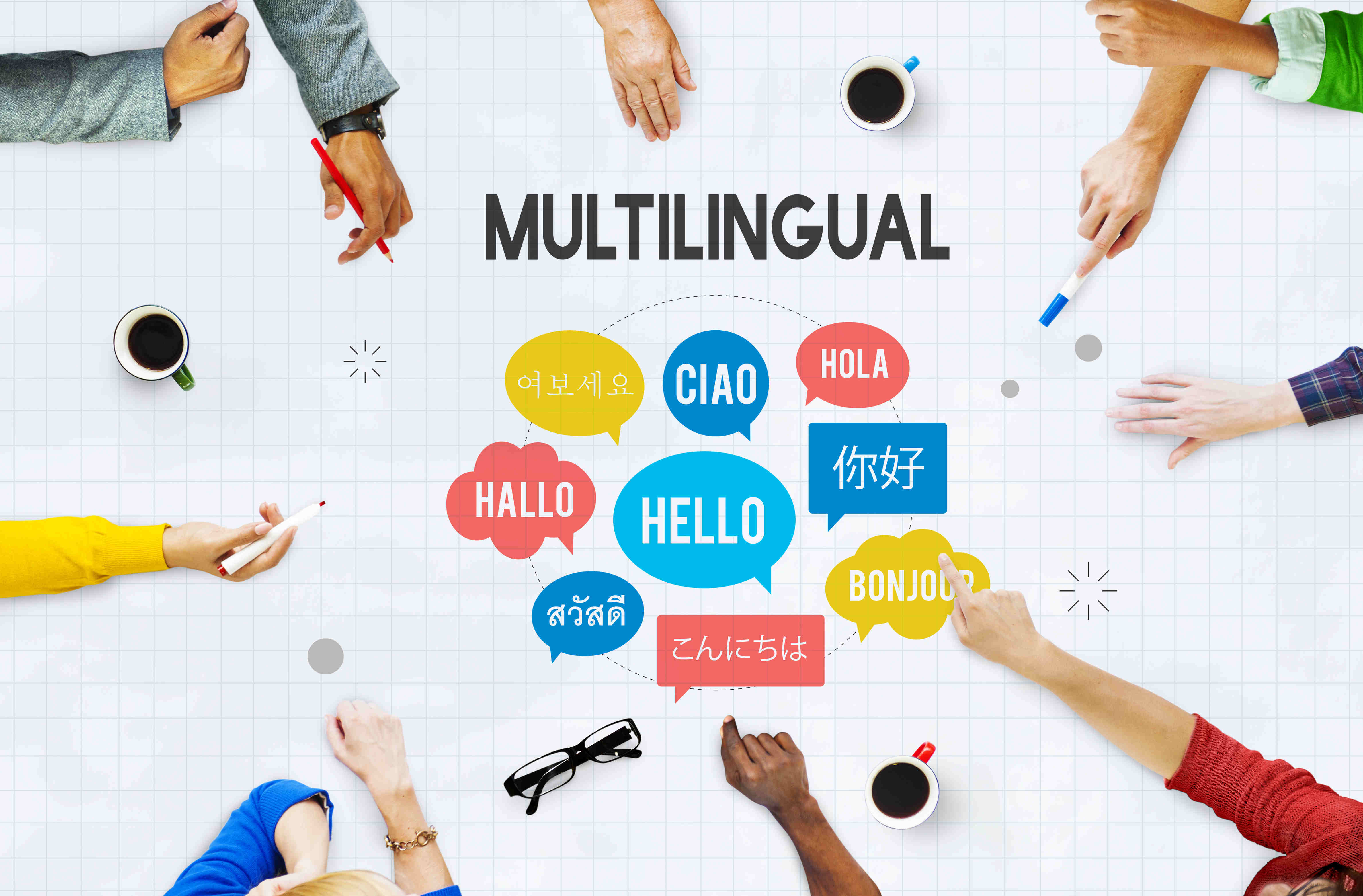
In our increasingly global digital landscape, having a multilingual website is no longer just a perk, it’s practically a necessity for reaching a diverse and international audience. Drupal has emerged as a top contender for developers seeking to create such sites because of its robust multilingual capabilities. Here's a detailed look at how to effectively scale your projects by leveraging Drupal's features and avoiding potential pitfalls.
Understanding Drupal’s Multilingual Capabilities
Drupal is equipped with three key modules that make multilingual site management a breeze: Language, Content Translation, and Configuration Translation. The Language module is your starting point, where you can add all the languages you need for your site. Content Translation allows you to tailor each node, like articles or blog posts, for different languages, ensuring the message resonates with each audience. Configuration Translation extends this functionality, letting you translate blocks, site settings, and other configuration items.
Laying the Groundwork with a Strategic Plan
Before jumping into translations, taking time to establish a well-thought-out strategy is crucial. Begin by identifying which languages are necessary for your target market. Consider how these languages will integrate into your overall site architecture. You should also decide on language fallback options to ensure users have a seamless experience even if some translations are missing.
Implementing Best Practices
Getting the implementation right is key to a successful multilingual site. First, set up robust language detection mechanisms. Options include using IP detection, which adapts based on the user’s location, browser settings, or allowing users to manually choose their preferred language. Next, develop a content strategy that considers cultural nuances and relevance in each language version. Regularly review the consistency of language support in all parts of your site, including modules and any custom code.
Avoiding Common Multilingual Pitfalls
As with any complex project, there are challenges to watch for when developing in multiple languages. Untranslated strings or inconsistent layouts can disrupt user experience and undermine the site's credibility. Implement rigorous translation management procedures and use automated tools to maintain consistency and quality across language versions.
Comprehensive Testing and Quality Assurance
After setting everything up, thorough testing is necessary to ensure all languages function smoothly. Utilize automated testing tools for comprehensive coverage, but don’t underestimate the value of manual testing and user feedback. Test for layout consistency and navigation clarity in each language to prevent any barriers to user engagement.
Ongoing Maintenance and Updates
The work doesn’t end once your multilingual site is live. Regular maintenance and updates are essential to keep your site fresh and relevant. Language nuances evolve, and so should your content. Schedule regular reviews to update translations and tweak content as needed.
Stay vigilant about software updates. Drupal’s robust community frequently releases updates that enhance multilingual support and security. Keeping your system current ensures optimal performance and protects against vulnerabilities.
Engaging Your Audience
Don’t just translate, localize. Connect with your audience on a cultural level by incorporating regional festivities, trends, and news into your content. This builds trust and makes your site more engaging.
Monitoring Performance
Track site analytics to see how different language versions are performing. Use these insights to refine your approach and optimize user experience. Understand which languages drive the most engagement and which might need a rework.
Building a multilingual site can open doors to international markets and audiences. By leveraging Drupal’s capabilities and following best practices, you set the stage for global success. Keep learning, adapting, and improving, your efforts will pay off.
Add new comment